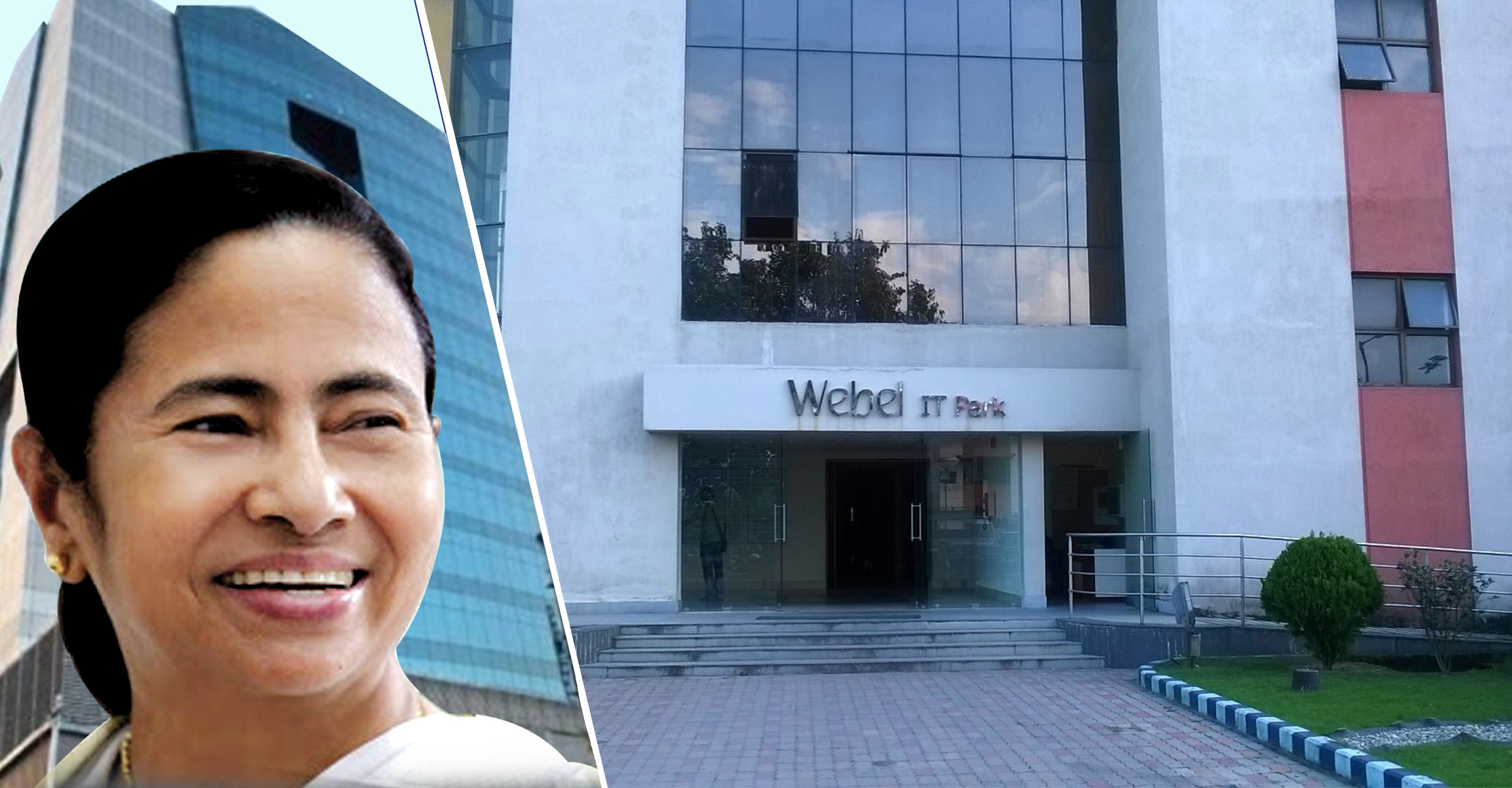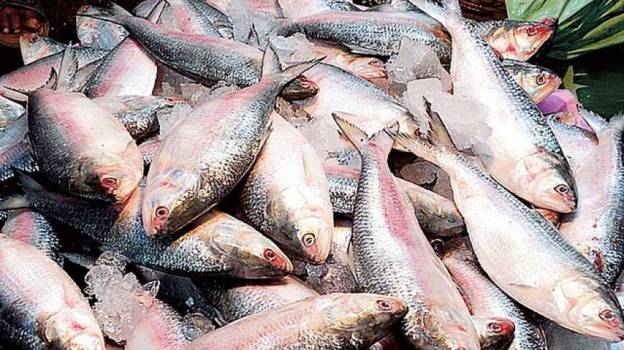The State Fisheries Department has undertaken various programmes for the development of the fisheries sector across Bengal. It is leading a balanced approach by enhancing fish production and thus ensuring nutritious food for all while at the same time protecting fisher-folk by ensuring the adoption of sustainable methods of fishing and fish production.
This approach has brought about considerable poverty alleviation. The Panchayats Department is also actively involved with the Fisheries Department.
Inland fisheries
Bengal has achieved remarkable results in the inland fisheries as well as the marine fisheries sectors. Fish production during financial year (FY) 2017-18, up to December 2017, was 13.42 lakh metric tonnes (LMT), while the estimated production for the entire FY is 17.52 LMT. Fish seed production till December 2017 was 1.24 lakh (KG or TONNE?). Bengal caters for a huge 40 per cent of the country’s demand in this respect. During FY 2018-19, Bengal will start supplying fish seed in large quantities to neighbouring states.
Moyna Model
For augmenting the production of fish, a new model called Moyna Model was adopted during FY 2017-18. Its prime objective is the culture of mainly rohu, catla and mrigel at the rate of 12,000 kg per hectare per year in the seven districts of Cooch Behar, Murshidabad, Dakshin Dinajpur, North 24 Parganas, Nadia, Howrah and South 24 Parganas as well as at the Kalyani Fish Farm in Baro Sagar Dighi (Nadia district).
Model fish farms have been identified covering a total of 90 hectares of water area as well as 110 progressive farmers.
Export
Achievements in the export sector have also been quite significant under the Trinamool Congress Government. From 61,709 MT of fish worth Rs 1,734 crore during FY 2011-12, the figures reached 1,04,762 MT worth Rs 4,455.74 crore during FY 2016-17.
West Bengal Fisheries Investment Policy 2015
For attracting substantial investments in the fisheries sector, the Government has promulgated the West Bengal Fisheries Investment Policy 2015. From FY 2015-17 till now, 30 projects have been initiated at an investment (by both private and government players) of Rs 339.35 crore. During the Bengal Global Business Summit 2018, 19 memorandums of understanding (MoU) worth Rs 760.3 crore were signed.
Thus, Bengal is marching ahead towards not only self-sufficiency in fish production but substantial contribution towards exports too.
মৎস্য দপ্তরের উন্নয়ন
২০১১ সালে ক্ষমতায় আসার পর মমতা বন্দ্যোপাধ্যায়ের নেতৃত্বাধীন তৃণমূল সরকার রাজ্যের সার্বিক উন্নয়নে জোর দিয়েছেন। সমস্ত দপ্তরের উন্নয়নের জন্য নেওয়া হয়েছে একগুচ্ছ পদক্ষেপ।
রাজ্যে মাছ চাষের পরিকাঠামোর ব্যাপক উন্নয়ন করা হচ্ছে।
রাজ্য সরকার মৎস্যচাষিদের কল্যাণে অনেক প্রকল্প নিয়েছে। ছোট মৎস্যচাষিদের জন্যও বার্ধক্য ভাতা আনা হয়েছে। এই প্রকল্পে ৮৫০০ জন বয়স্কও ও ছোট মৎস্যচাষিদের মাসিক ১০০০ টাকা করে ভাতা দেওয়া হয়। ২০১৭-১৮ সালে ২২৩০টি জলহুন্ডী বিতরণ করা হয়েছে আন্তঃদেশীয়, সামুদ্রিক মৎস্যচাষিদের জন্য। ২১৬৮জন মৎস্যচাষিকে ইন্সুলেটেড বক্স সহ বাইসাইকেল প্রদান করা হয়েছে। ১৯৮৪-৮৫ সালে শারীরিক ভাবে অক্ষম মৎস্যচাষিদের অর্থনৈতিক সহায়তার জন্য ফিশারমেন্স গ্রুপ পার্সনেল অ্যাকসিডেন্ট বীমা প্রকল্প নেওয়া হয়। এই বছর ২১৭৩৭০ মৎস্যচাষিকে এই প্রকল্পের আওতায় আনা হয়েছে। কোনও মৎস্যচাষির মৃত্যু হলে বা ৭ বছরেরও বেশী সময় নিখজ থাকলে, তাঁর পরিবারকজে ২ লক্ষ টাকা করে দেওয়া হয়। শারীরিক ভাবে অক্ষম হলে ১ লক্ষ টাকা দেওয়া হয়।
কাথি ও ডায়মন্ড হারবারে ৫৩টি খুঁটি সমিতি ইন্টিগ্রেটেড স্কীম ফোর অপারেশন অ্যান্ড মেন্টেনেন্স অফ খুঁটিস প্রকল্পে সাহায় পেয়েছে। খুঁটি চালক ও সাফাইকর্মীদের পারিশ্রমিকে সহায়তা করা হয়, লিঙ্ক রোড তৈরী করা হয় খুঁটি পরিকাঠামোতে, নিমজ্জিত পাম্প, সৌর আলো, মাছ শুকোনোর জায়গা, বাসের কাঠামো, পরিষ্কার করার জন্তপাতি, ছোট যন্ত্রপাতি, টিউবওয়েল সারাই। ২০১৭-১৮ সালে ৩.৫ কোটি টাকা দান করা হয়েছে খুঁটি সমিতিগুলির জন্য।
সামুদ্রিক মৎস্যজীবীদের জন্য বায়োমেট্রিক পরিচয়পত্রের ব্যবস্থা করা হয়েছে। ২৪৬৯২৯ পরিচয়পত্র ইতিমধ্যেই দেওয়া হয়েছে। এমএস অ্যাক্ট ১৯৫৮ ও ওয়েস্ট বেঙ্গল মেরিন ফিশিং রেগুলেশন অ্যাক্ট ১৯৯৩ মেনে ১২৪৮২টি সামুদ্রিক মৎস্য যান নথিভুক্ত করা হয়েছে। নিরাপত্তা ব্যবস্থার জন্য ৩৬৫৬ টি মাছ ধরার নৌকাতে ডিস্ট্রেস অ্যালার্ম ট্রান্সমিটার বিলি করা হয়েছে।নোনাজলে মাছের চাষ বাড়াতে ২০১৭-১৮ সালে ৪.৫০ কোটি টাকা ব্যয় করা হয়েছে।
মাছ ও মাছ চাষের ওপর গবেষণা করা হচ্ছে দক্ষিণ ২৪ পরগণার পৈলানের গবেষণা কেন্দ্রে। এছাড়া একটি মিষ্টি জলের গবেষণা কেন্দ্র আছে নদীয়ার কল্যাণীতে কুলিয়াতে। এখানে নতুন চারা তৈরীর ওপর গবেষণা করা হয় বিশেষত অবলুপ্তির পথের মাছের, অ্যাকোরিয়ামের মাছের ওপর গবেষণা করা হয়। গ্রামীণ মহিলাদের অ্যাকোরিয়ামের মাছ চাষে প্রশিক্ষণ দেওয়া হচ্ছে।










